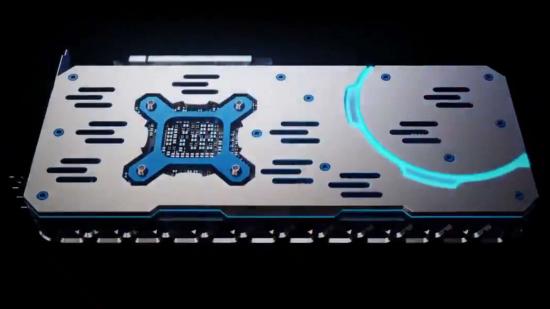August 3, 2019 Part of the original English interview with Raja Koduri has been released, and it is not quite so revealing on Intel Xe as first thought.
Raja Koduri, Intel’s chief architect (among other titles), spoke recently to a tech YouTube channel on Intel’s strategy to break into the market, and what we might be able to expect specs-wise from the initial release.
Initially, during an interview with PRO Hi-Tech (via ComputerBase), the provided translation would have us believe Koduri confirmed a competitive price point for discrete Intel Xe cards, and that they will feature HBM memory. This first (incorrect) translation is below.
The original interview had been dubbed over in Russian, as such the now defunct translated quote below is from Reddit user Taryakun.
“Our strategy revolves around price, not performance. First are GPUs for everyone at $200 price, then the same architecture, but with the higher amount of HBM memory, for datacentres…. Our strategy in 2-3 years is to release whole family of GPUs from integrated graphics and popular discrete graphics to data centers GPUs.”
But Tom’s Hardware has been in touch with Intel, and it’s now received the English audio and has been able to transcribe the interview directly.
“So the strategy we’re taking is we’re not really worried about the performance range,” Koduri says (via Tom’s Hardware), “the cost range and all because eventually our architecture as I’ve publicly said, has to hit from mainstream, which starts even around $100, all the way to Data Center-class graphics with HBM memories and all, which will be expensive.”
Which all makes a bit more sense on the memory front. HBM memory within the cheaper $200 SKUs seemed unlikely due to cost. AMD similarly tried to utilise second-generation High Bandwidth Memory (HBM2) within its Vega architecture cards, and this low-power, in-package solution, while in many ways superior to GDDR, was deemed just too pricey for consumer consumption.
Intel’s first foray into the discrete graphics market is set for 2020. The architecture at the core of its renewed visual efforts will be built upon the foundations laid out with its Gen11 graphics – now officially, 100% (probably) released in Intel Ice Lake mobile CPUs on 10nm.
